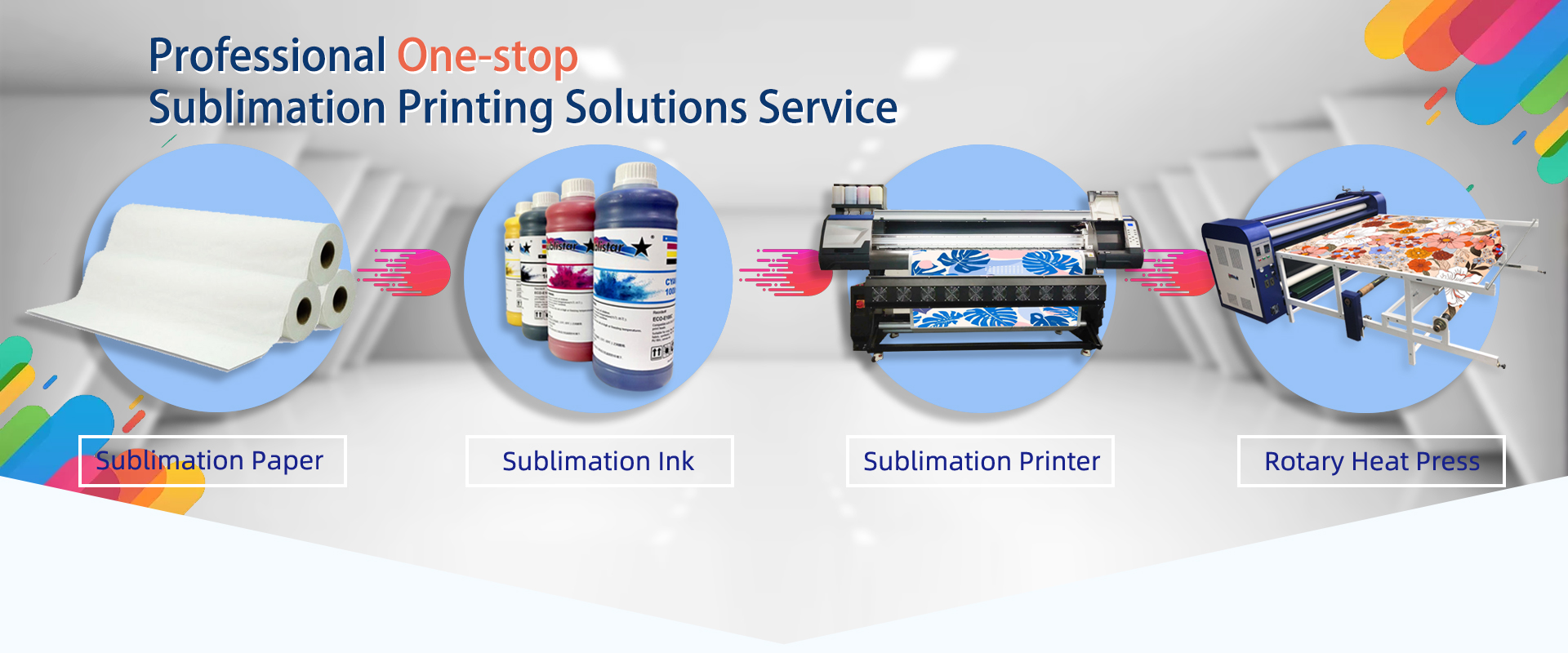As for competitive charges, we believe that you will be searching far and wide for anything that can beat us. We will state with absolute certainty that for such excellent at such charges we have been the lowest around for SubliNova Dye Sublimation Ink,
60cm DTF PET Film,With the tenet of "faith-based, customer first", we welcome clients to call or e-mail us for cooperation. The product will supply to all over the world, such as Europe, America, Australia,Dubai, Johor,Belgium, Panama.It is our customers' satisfaction over our products and services that always inspires us to do better in this business. We build mutually beneficial relationship with our clients by giving them large selection of premium car parts at marked down prices. We offer wholesale prices on all our quality parts so you are guaranteed greater savings Sublimation ink is to print the thermal transfer ink on the transfer medium, then heat transfer to the target medium, an
Among several types of thermal conversion printers, the latest output of sublimation printers is the best, but its disad
Although there are many advantages of dye-sublimation printers, in fact, dye-sublimation printers also have disadvantage
VersaUV LEF2-300 30" Flatbed UV-LED Printer technical support page such as support articles, support guides, software updates, firmware, drivers and manuals. ... VersaUV LEF2-300 30" UV Benchtop Flatbed Printer. Featured Articles Missing Software ...
Sublimation paper and the humidity of your working environment. Low humidity: In the humidity under 45%, it’s better to choose 80gsm. When in low humidity, the paper shrinks, and the print side is hunched-up. During the process, the paper absorbs ink, which leads to the “hunch-up”. 100g and 120g paper are harder than 80g, so the “hunch ...
Buy large format printer inks and wide format printer inks at STS Inks. Our inks are made to the highest quality standards and are a perfect match to OEM ink color. 1-561-999-8818
Place Infusible Ink Transfer Sheet onto StandardGrip Mat, liner side down. 2. In the software, select and size your design to fit on your coaster blank. Be sure to Mirror your design if using Design Space. In the Cricut Joy app, Mirror is enabled automatically when you select a heat-transfer material.






















